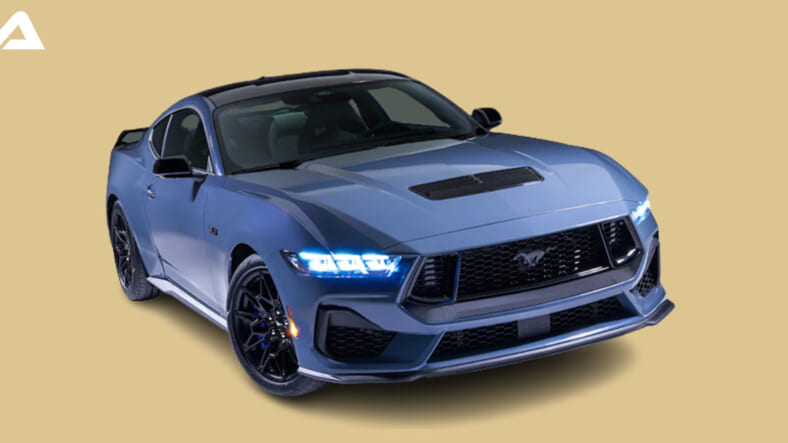The First New Ford Mustang Race Car is an Australian 5.4 Liter Monster
The seventh edition of the most popular pony car in the world, the 2024 Ford Mustang, made its public appearance […]

The seventh edition of the most popular pony car in the world, the 2024 Ford Mustang, made its public appearance at the North American International Auto Show this month. The S650 has just acquired two race-specific versions that will only be utilized on the track.
Ford has now shown a second race-ready Mustang, which will debut in 2023. The race car, which Ford has given the name 2023 Mustang GT Gen3 Supercar, will compete in the Australian Supercars Championship that year. The 2024 Ford Mustang is also being seen in racing form for the first time in real life; this is a preview of the production pony car’s Australian premiere in late 2023.
It is the first racing vehicle derived from the seventh-generation Ford Mustang, which will debut in 2024. It will take part in the Australian Supercars competition, which begins this weekend on October 9. The Bathurst 1000 will serve as the championship’s opening event. It is the first of many upcoming new racing Mustangs and the first Mustang to compete in Supercars’ new Gen 3 format.
Although Supercar competitors now resemble their road-going counterparts more closely than in the past, the so-called Gen-3 models are still beasts, and the 2017 Mustang is no exception. The Supercar racer, which is based on the 2024 Mustang GT, utilizes the same Coyote V-8 engine; however, aside from the Mustang-like body shell, that’s pretty much the only distinguishing feature.
According to Ford Performance, the race car’s V-8 has been increased in size from 5.0 liters to 5.4 liters to comply with regulatory modifications for the Gen 3 cars. The larger engine produces more than 600 horsepower and 479 lb-ft of torque. In contrast, Street Mustang GTs produce about 450 horsepower, while the upcoming Dark Horse versions are anticipated to produce about 500 horsepower.
The race car’s larger V-8 engine is fueled by a 36-gallon fuel cell, and power is routed to the rear wheels via a six-speed sequential gearbox. The body, with its huge rear wing and front splitter, is 194.9 inches long, much longer than the stock, 189.7 inches. The chassis is a “three-piece spaceframe with front and rear sections that can be removed.”
Supashock Pedders dampers and Pedders coils support a special double-wishbone suspension at all four corners. The brakes have been updated to AP Racing units measuring 15.6 inches in front and squeezed by six-piston calipers and 14.0 inches in the back by four-piston calipers.
A set of 18-inch forged aluminum wheels are wrapped in a set of 280-section Dunlop Sport Maxx tires that look the part. Dick Johnson Racing, Ford’s homologation squad, produced the Mustang Gen3 Supercar race car in collaboration with Ford Performance. Before the new race car’s 2023 season debut, Dick Johnson himself will be the first to take the wheel at the Bathurst 1000.
Moments after its premiere, the Ford Mustang received a track-only Dark Horse R version, which serves as a preview of the six upcoming racing Mustangs. These race-oriented pony cars will come in NASCAR and NHRA Factory X models, GT3 and GT4 derivatives, and more. A 27-year absence from the 24 Hours of Le Mans at the Circuit de la Sarthe will end in 2024 when the S650 in GT3 competes.
